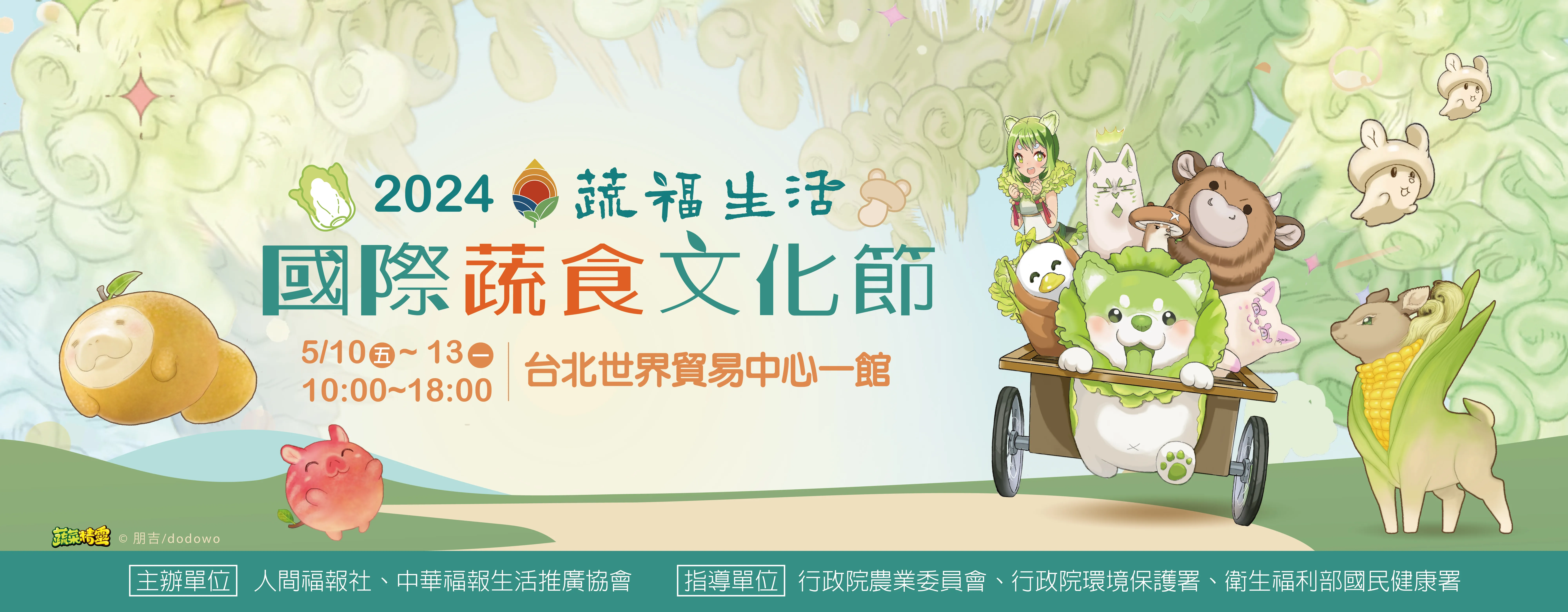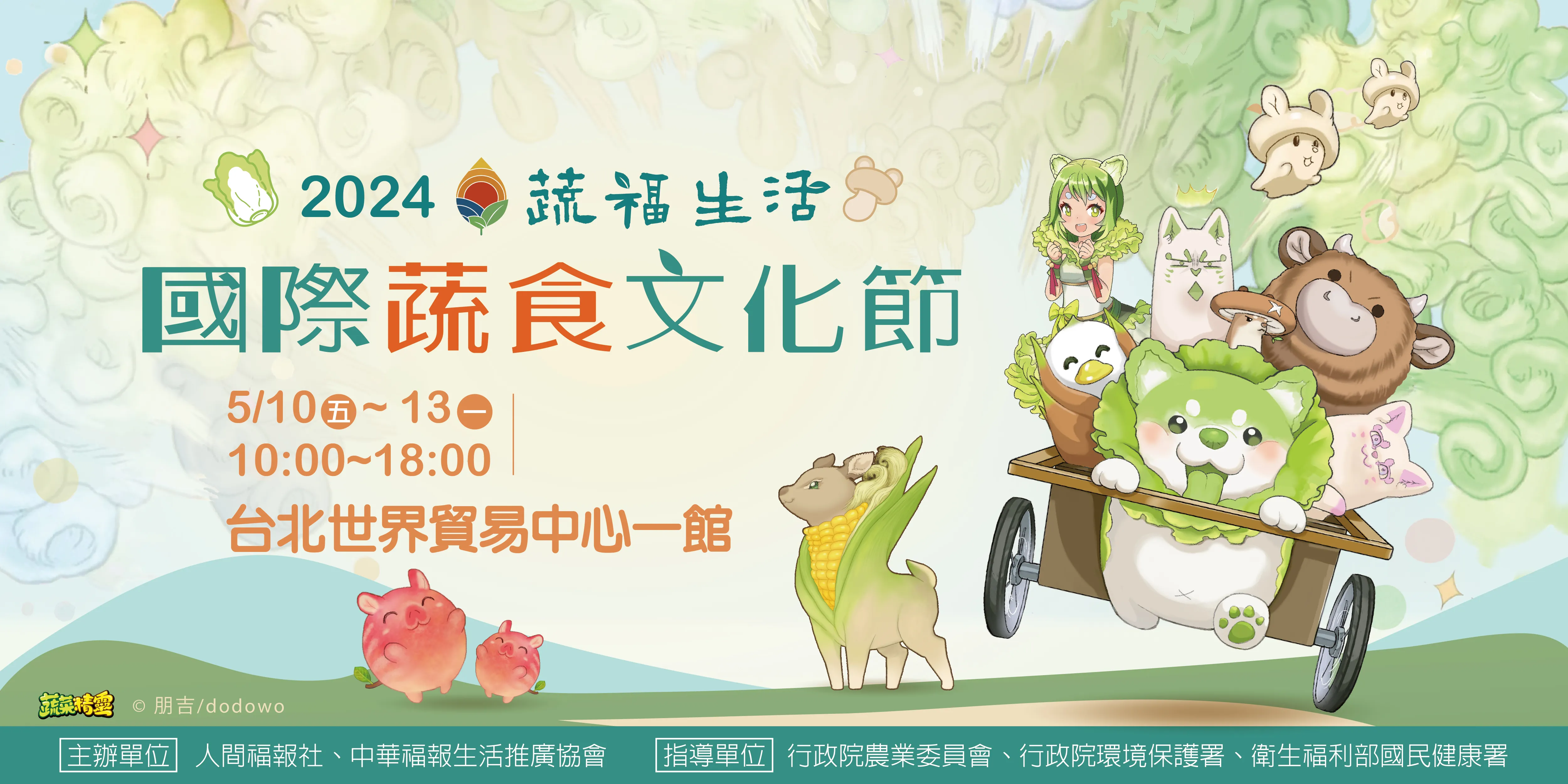


| 時代: | 明朝中後期 (西元1572-1644年) |
| 出土地點: | 傳世品 |
| 尺寸: | 長度:約173 cm 寬度:約91 cm |
| 質地: | 工筆礦物彩布質壁畫 |
| 數量: | 1 |
此件是明朝中後期華嚴三聖與十八羅漢圖,此幅壁畫使用藏畫法,也叫喇嘛水陸道場畫法。顏料是用標準明朝中後期的天然礦物彩料,呈色依然鮮豔,但有明顯年代久遠風化現象。畫風是繼承宋朝融合南、北特色之畫院畫法,兼容明朝皇室信仰藏傳佛教,偏好繁複華麗、布局廣面之宮廷畫風,畫工繁複細緻,與法海寺內壁畫之畫工如出一轍,華嚴三聖和十八羅漢的神態姿勢、衣著紋飾,以及背景捲雲畫法,整體畫風、畫法和布局方式雷同。
This item is a painting of the Three Deities of the Avatamsaka Sutra and the 18 Arhats (mid to late Ming dynasty) painted in the Tibetan style, which is also known as the lama water and land bodhimanda painting method. The ink used is standard mid Ming dynasty natural mineral paint, which is still vibrant, although signs of aging can be seen. The style of this painting inherits the Song dynasty style, and is a combination of the southern and northern schools of painting. The Ming dynasty royal family believed in Tibetan Buddhism, and preferred complex, sumptuous, expansive court painting style with great details, similar to that from the Fahai Temple wall paintings. The postures and the clothing decorations of the three deities of the Avatamsaka Sutra and the 18 Arhats, as well as the rolling clouds in the background, the overall painting style, the painting method, and the layout are also the same as that from Fahai Temple.
此幅畫主體為華嚴三聖,中央為釋迦牟尼佛,釋迦牟尼佛眼瞼低垂呈思考狀,眉心中央有白毫,頭部比例較大,身形沉穩端正,上半身面積較大,著有披肩式的紅色僧衣,衣著蔽體不露,在寬大袖口自手肘才大幅散開,胸口交領低而寬,露出裙頭的結飾,衣著有描金捲葉團紋等紋飾,右手向上、拇指與中指相捻,左手掌心朝上、拇指與中指相捻,持說法印,雙腿盤坐於藍色蓮座上,蓮座安於岩石上,岩石前有荷葉蓮花。釋迦牟尼佛兩側是文殊菩薩與普賢菩薩,普賢菩薩手持蓮花,文殊菩薩腳踩蓮花,文殊與普賢菩薩皆手持說法印。
The main focus of the painting is the three deities of the Avatamsaka Sutra, with Gautama Buddha in the center. Gautama Buddha’s eyes are lowered in thought and he has an urna in the middle of his forehead. The head is proportionally larger while the body is stable and upright. The upper body takes up more area and is covered in a red shawl monk rob. The large sleeves began to spread out from the elbows while the collar on the chest is low and wide, showing the knot decoration of the skirt. Gold outlined rolling leaves decorate the clothing. The right hand of the Buddha is held facing upward, with the thumb and middle finger forming a hand sign. The palm of the left palm faces upward and the fingers are held again in a mudra. The Buddha sits cross-legged on a blue lotus flower seat, which in turn is placed on a rock. Lotus leaves and flower grow in front of the rock. On the two sides of the Gautama Buddha are the Manjusri and Samantabhadra bodhisattva. Samantabhadra holds a lotus flower in her hand while Manjusri is standing on a lotus flower. Both Manjusri and Samantabhadra have their hands in a mudra.
華嚴三聖前方為神態各異的十八羅漢,十八羅漢為坐鹿、喜慶、舉缽、托塔、靜坐、過江、拂塵、笑獅、開心、探手、沉思、挖耳、布袋、芭蕉、長眉、看門、降龍以及伏虎等羅漢,十八位羅漢情態、服飾皆不同,畫工細緻、姿態生動,降龍羅漢身前有四爪龍,龍鬃朝上、龍鬚向下、龍鼻向上,是明朝中後期的龍紋形式,和法海寺內壁畫之畫風、畫工一致,應是明朝中後期宮廷畫家所繪製。
Eighteen arhats sit in front of the three deities of the Avatamsaka Sutra. The 18 Arhats are Pindola Bharadvaja, Kanaka the Vatsa, Kanaka the Bharadvaja, Nakula, Bhadra, 拂塵, Vijraputra, Gobaka, Pantha the Elder, Rahula, Nagasena, Angida, Vanavasa, Asita, Pantha the Younger, Mahakasyapa, and Maitreya. The features and the clothing of the 18 arhats are different. The details are exquisite and their postures lively. A four-clawed dragon sites in front of Mahakasyapa. The dragon’s whiskers and nose faces upwards while the dragons mane is facing downwards, which is the style of dragons painted in the mid to late Ming dynasty. This painting has a similar style as that of wall paintings in Fahai Temple, and is most likely painted by a mid to late Ming dynasty court painter.
